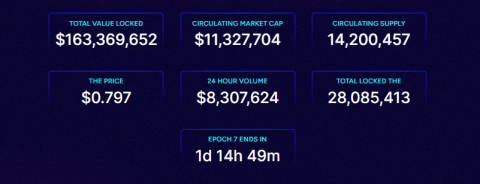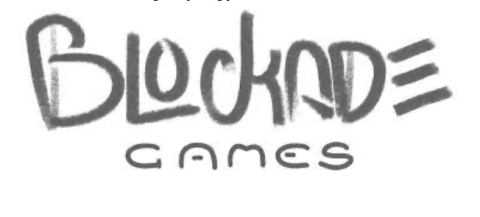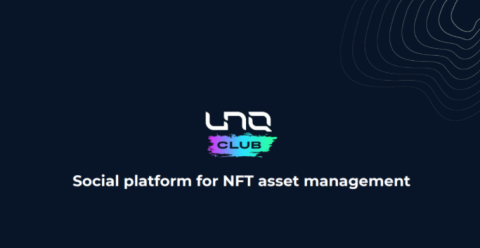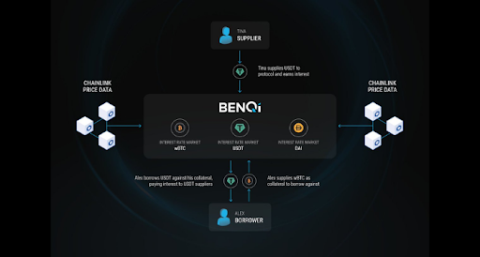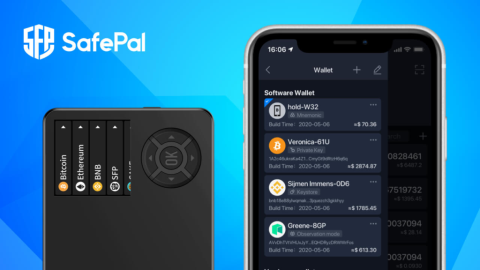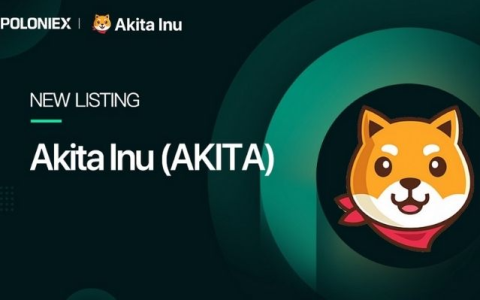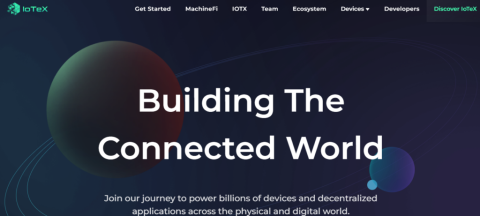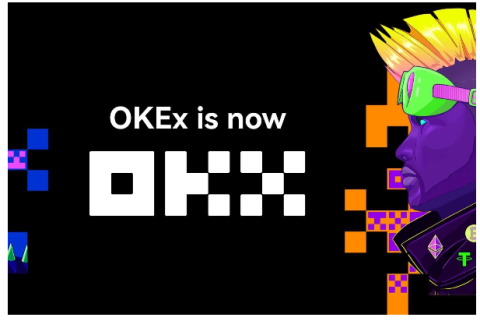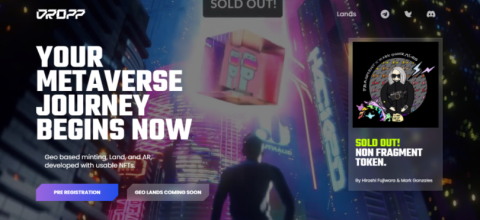Information that you need to know about the Core DAO project

This project attracted great attention during the launch event, some key points of the CoreDAO ecosystem will be presented in this article.
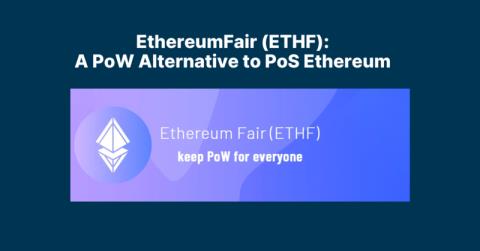
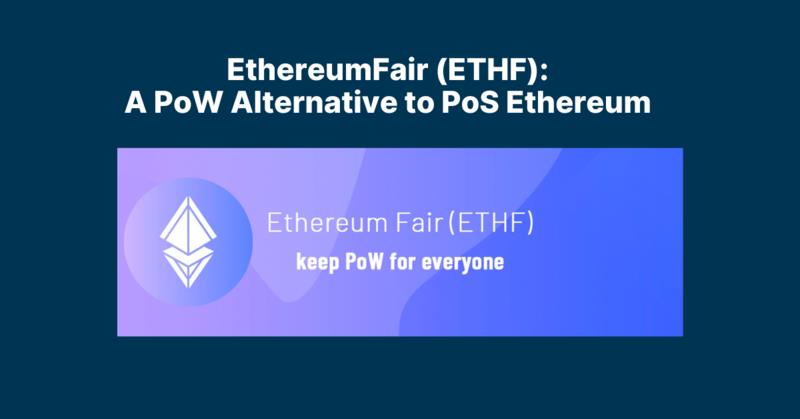
EthereumFair (ETHF) claims to keep the original design of the Ethereum blockchain, a decentralized ledger system that runs smart contracts and supports EVM applications and is secured with a Proof-of-Consensus algorithm . -Work (PoW) . Its name reflects the consensus-based fair distribution (PoW) system it advocates providing to crypto enthusiasts.
Founded in 2020 and opened in Q3 2022, EthereumFair has attracted a lot of attention in the crypto space since the Ethereum blockchain completed its transition to the Proof-of-Stake consensus algorithm. (PoS).
EthereumFair is building to separate itself from the original Ethereum blockchain. After the fork is successful, it is cultivating an independent ecosystem by providing a platform for developers to build on its PoW blockchain. Since launching its network, the EthereumFair blockchain is reported to have processed over 1.7 billion transactions and processed over 50 million smart contracts. 200 million wallets have also been created according to the statistics found on its official page.
Statistics from Oklink also suggest that ETHF has a block time of 0.13 seconds and processes 0.11 transactions per second. Over 500,000 ERC-20 tokens have been created, with thousands of NFTs already existing on-chain.
On December 1, 2020, the Ethereum developers announced a series of major changes to the code base of the Ethereum blockchain. These modifications will make the functionality of the Ethereum blockchain very different from the original design. The changes are regulated as part of the upgrade to Ethereum 2.0 . Also known as Serenity, the upgrade to Ethereum 2.0 aims to fix the Ethereum blockchain's biggest problem: Scalability.
Despite impressing the crypto community at large with the many innovations it has made since its launch in 2015, the Ethereum blockchain suffers from numerous user experience issues. Most of these problems arise due to its high adoption rate.
With over 71 million wallets created in the past six years and over 400,000 daily users, the original design of the Ethereum blockchain could not handle the continued growth in demand without encountering some difficulty. At best, these problems are mild and insignificant; At worst, they are enough to make users look for cheaper and more efficient alternatives.
Slow transaction processing speed, failed transactions and high transaction fees. Developers and investors have had to constantly struggle with these experiences.
At a rate of 20 transactions per second, some of these transactions fail despite the high fees while others will take longer (sometimes, over an hour) to complete. In addition, concerns have been raised regarding the energy consumption and environmental impact of the Proof-of-Work algorithm used by Ethereum and other blockchains.
The size of Ethereum's storage nodes is currently over four terabytes (4Tb) and the actual blockchain size is over a hundred gigabytes. Each validated block adds two megabytes to this already huge number. The Ethereum blockchain according to many “will never scale.” In 2019, a Bloomberg report claimed that the Ethereum blockchain was “almost full”.
The upgrade to Ethereum 2.0 features a number of new additions and modifications to the Ethereum blockchain. These additions and modifications will attempt to improve the user experience. They aim to make the Ethereum blockchain faster, more flexible, cheaper to use and, in general, more scalable.
Part of the changes include the introduction of blockchain sharding to solve Ethereum's scalability issues and a move to the Proof-of-Stake (PoS) consensus algorithm to make the blockchain agile and flexible. more active. PoS is also considered a more eco-friendly approach to blockchain computing.
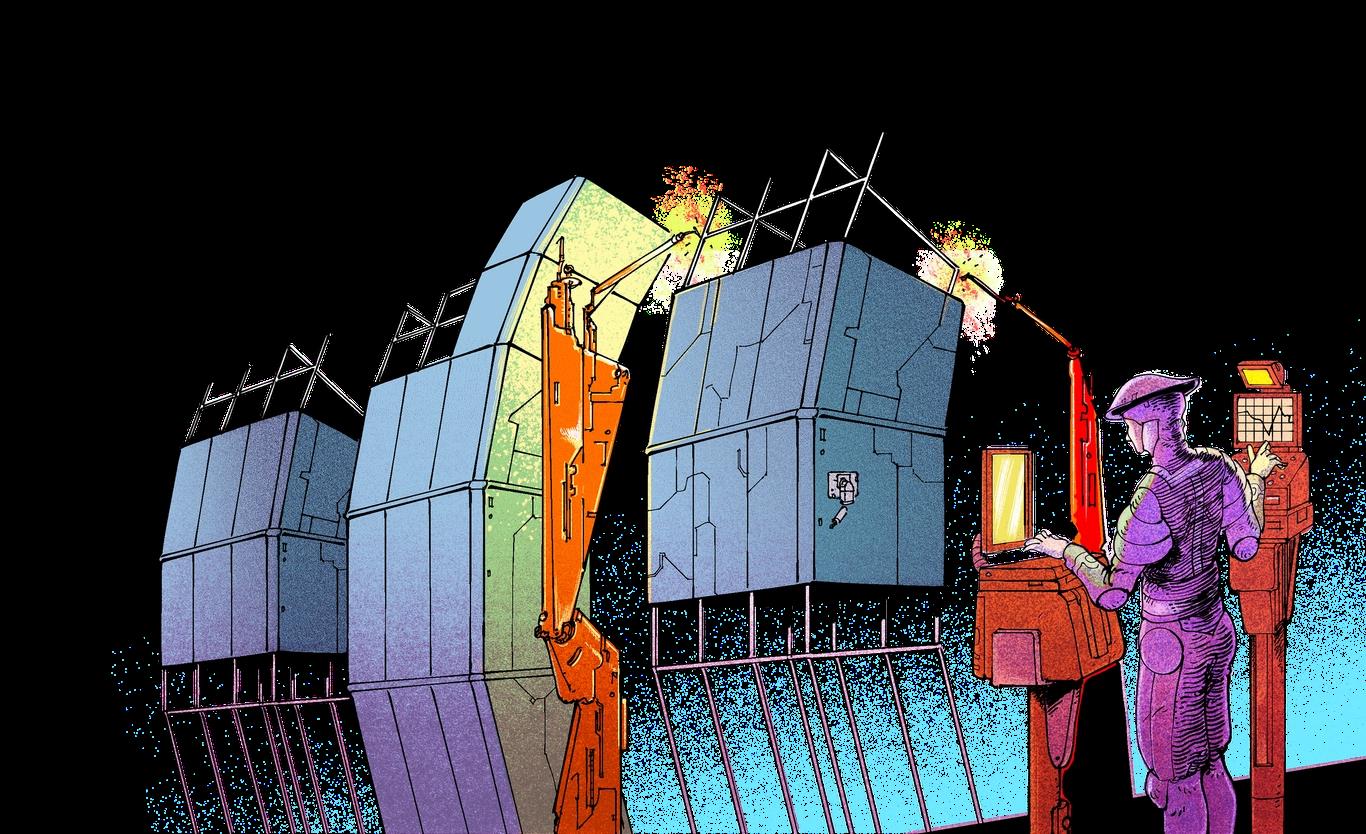
While the Proof-of-Work consensus algorithm requires miners to protect the blockchain network by connecting their devices to the network, running a node, and solving complex mathematical problems to validate a block; Proof-of-Stake requires validators to lock their assets on the network and are selected to validate blocks according to the amount of assets they have committed to the network. Both miners and validators are rewarded for securing the network in these ways.
The move to Proof-of-Stake means that the Ethereum blockchain will eliminate miners and the PoW consensus algorithm. To run a node on Ethereum's POS network, validators only need to stake 32 ETH.
However, this arrangement (moving to PoS) is not pleasant for miners who have committed to protecting the blockchain throughout its existence through the PoW consensus algorithm. Since the upgrade was announced and is building to the final stage of its transition to PoS (called The Merge), miners on the Ethereum network have been looking for new homes while a team split decided to split the Ethereum blockchain and maintain the PoW consensus system.
EthereumFair developers are part of a splinter faction that seeks to maintain the PoW algorithm. Another faction is the EthereumPoW (ETHW) developers . These split factions have created new blockchains that mirror the original Ethereum blockchain. EthereumFair emerged in the last quarter of 2020 but mainly operates in Chinese and only developed support for other languages by the end of Q3 2022. EthereumPoW was launched a few months before the regulation moved to PoS. .
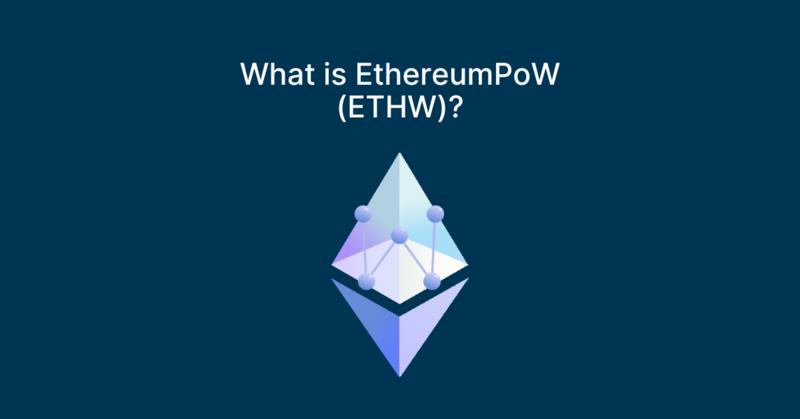
On September 15, 2022, the final phase of the migration to PoS was completed as the Ethereum blockchain switched to the Proof-of-Stake algorithm. In response, EthereumFair launched its blockchain a few days later and has since focused efforts towards building a sovereign PoW network.

EthereumFair coin (ETHF) is the native coin of the EthereumFair blockchain. It is designed to power the ETHF blockchain and also grows with the project. After the hard fork, ETHFs were streamed to existing Ethereum users at a 1:1 ratio. That is, each Ethereum (ETH) holder receives an amount of ETHF equal to the amount of Ether holding.
The supply and distribution statistics for EthereumFair are yet to be verified. However, the circulating supply is expected to be the same as the original Ethereum blockchain. The total supply is also infinite and is expected to grow as miners are rewarded.
ETHF will be used for core operations on the EthereumFair ecosystem. ETHF will also be used to support development programs on the EthereumFair ecosystem through the Grant program. Project teams will receive funding in ETHF to build new or better versions of existing solutions on the ETHF blockchain.
ETHF has been launched in a few exchanges over the past few weeks. It currently trades on several centralized exchanges including Huobi, Poloniex, MEXC Global, and Gate. ETHF can also be traded on the BitMart exchange and decentralized exchanges running on its platform.
Like the original Ethereum blockchain, EthereumFair plans to expand its supply through miner rewards. Miners on the EthereumFair network will receive ETHF for validating a block. According to ETHF developers, the mining difficulty has been reduced to increase miners' chances of earning rewards and profiting from running an ETHF node. The current mining difficulty is 655.0926T according to data from Minerstats.
Major mining pools including f2pool, Antpool, Hiveon, and btc.com already support ETHF mining.
EthereumFair is gradually developing its ecosystem and collaborating with other projects to accelerate the progress of PoW smart contracts and EVM facilities. It has seen relatively positive adoption by centralized exchanges, which have listed the EthereumFair coin and started trading operations. In addition to leading exchanges like Huobi, Poloniex, and Gate, EthereumFair is also listed on several other centralized exchanges.
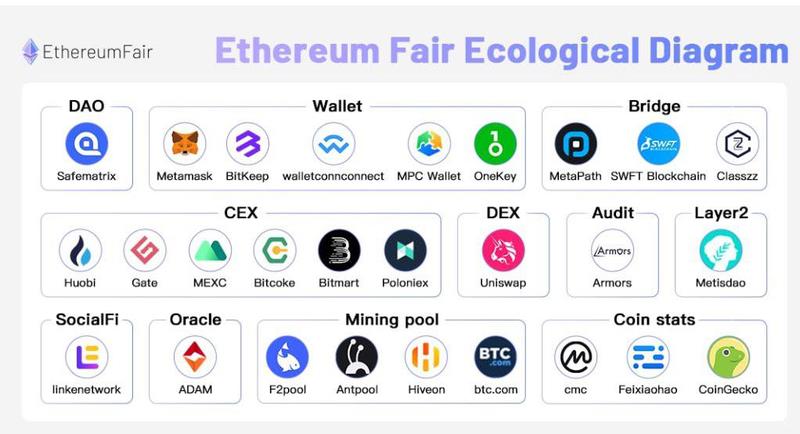
On the EthereumFair chain, new decentralized applications are building their solutions and offering better approaches to existing solutions. MemorySwap is one of the earliest decentralized exchanges to launch on the EthereumFair chain. Alien exchange and MetaPath have also launched on the PoW chain. MetaPath is a Dex aggregator that reconciles the trading price of a selected pair across several Dexs and allows traders to choose the best rate.
In partnership with MemorySwap, Richmoon, a GameFi project has also been launched on the EthereumFair chain. Richmoon describes itself as a "Web3 mini-game platform". Musse NFT Marketplace has also announced EthereumFair NFT support.
The reported information shows progress in the development of the EthereumFair chain as a comprehensive platform for decentralized solutions. Further growth is expected as the platform continues to welcome new projects and older EVM projects that also want to build on the PoW chain.
EthereumFair is a byproduct of the original Ethereum blockchain. It replicates the majority of features of the (now defunct) PoW Ethereum chain. Due to the 1:1 ETHF airdrop to ETH holders, both projects now have the same number of tokens in circulation. This will likely vary from emissions rates in new chains.
Like the old Ethereum Chain, EthereumFair also uses the Ethash mining algorithm. However, since Ethereum switched to the Proof-of-Stake consensus algorithm, these chains now behave very differently.
Here is a summary of the difference between EthereumFair and the current Ethereum blockchain.
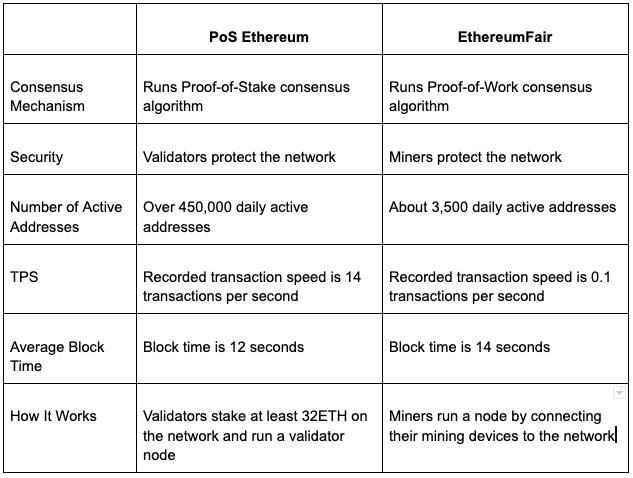
Ethereum's migration to PoS has created a series of events. For the miners, a new home must be found. While a good percentage simply move their mining facilities to other cryptocurrencies, others are determined to keep the POW infrastructure. To this effect, several Ethereum Proof-of-Work forks have appeared since the transition to PoS was completed.
EthereumFair (ETHF) and EthereumPoW (ETHW) are the most prominent forks of Ethereum that seek to maintain a fair distribution of the Proof-of-Stake consensus algorithm. Both chains have many similarities. In addition to running the PoW algorithm, both have the same number of tokens in circulation. ETHW conducted a 1:1 airdrop for ETH holders.
The block times are similar (ETHF block time is 14 seconds, ETHW block time is 13 seconds) and both also run the same mining algorithm (Ethash). Usage statistics are also similar according to data from Oklink.

The crypto space is very democratic. This democracy is not limited to the freedom to invest but also includes the freedom to invent and uphold individual and group opinions where there are differences. The transition of the original Ethereum blockchain to PoS underpinning other changes coming to the network is a positive development. A scalable, fast, and cheap Ethereum blockchain is not just an upgrade to the crypto space.
Even so, the Proof-of-Work algorithm is the earliest blockchain consensus algorithm and is respected by many older participants. This is not only due to its inclusivity but also due to its reputation for providing a more decentralized approach to blockchain security. Proof-of-Stake adoption is increasing as new blockchain projects are willing to sacrifice security and decentralization for speed, scalability, and affordability.
EthereumFair and other Ethereum forks, like Ethereum Classic and EthereumPoW have chosen a different path – sticking to the old ways. This, if done well, is also a positive development, as it serves a section of the crypto community that believes in Proof-of-Work. EthereumFair hopes to leverage this to engage users and developers to build a thriving ecosystem and, if possible, improve on the original design by solving the problems it faces in a Different ways. The majority of Ethereum developers are expected to focus on the PoS chain, but forks like EthereumFair still have a chance to emerge as heavyweights in the smart contract and EVM space.
Ngoài PancakeSwap, hệ sinh thái BNB Chain còn có một AMM khác có TVL đạt 150 triệu USD chỉ sau hai tháng ra mắt, dự án này được gọi là Thena.
Blockade Games provides a platform that allows developers to create blockchain games. In addition, Blockade Games also creates many interesting free games.
UNQ Club is a project that provides a blockchain platform that allows investors to collect and manage existing NFT assets.
BENQI is one of the important pieces of the Avalanche ecosystem. Join TraderH4 to find out what BENQI (QI) is as well as detailed information about the QI token.
In addition to a cryptocurrency storage wallet, SafePal is also known to many investors for its SFP tokens and airdrop events with attractive rewards.
The fever from Akita Inu in the Crypto market in the past time has created a great buzz along with the rapid development of the "dog house token".
What is IoTeX? This is a blockchain built and developed in conjunction with the Internet of Things (IoT). Join TraderH4 to learn this article.
What is OKB? OKB is an exchange coin of OKX and the OKX Chain blockchain. Let's learn about OKX and OKB exchanges with TraderH4 in this article.
DROPP GG brings an innovative and novel idea to provide an NFT mint platform based on geographies outside of the real world.
CronaSwap is a DEX built on Cronos Chain, which has a similar model to Uniswap.
